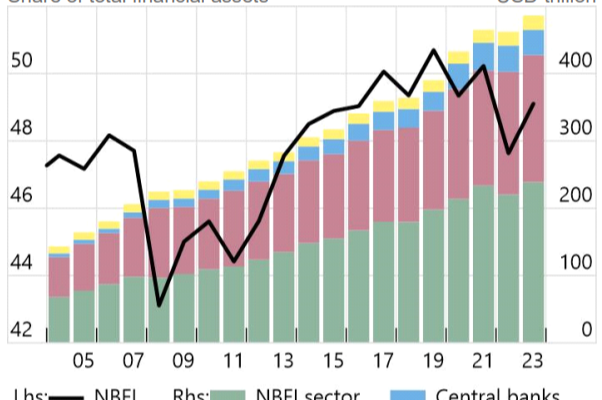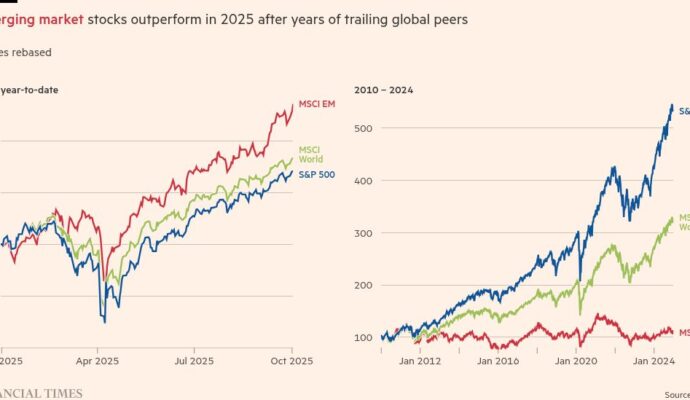Receive free Fiction updates
We’ll send you a myFT Daily Digest email rounding up the latest Fiction news every morning.
Novelists are not historians, yet it’s often in fiction that a political era comes alive in all its complexities. Fiction writers have the ability and licence to capture sweeping changes — countries in transition, deepening rifts, lost generations — through intimate portraits of ordinary lives, from Thatcher’s Britain in Alan Hollinghurst’s The Line of Beauty (2004) to America in the Obama years as explored in Nawaaz Ahmed’s Radiant Fugitives (2021).
Now it’s India’s turn. Narendra Modi, the country’s most populist and most popular prime minister since independence 76 years ago, is already the subject of scores of biographies and histories. These books aim to capture the massive, headline-generating and often repressive social and political changes that he and the Hindu nationalist Bharatiya Janata party have brought about since his first national electoral win in May 2014.
The novelist’s skill lies in telling stories that are more finely drawn. While few authors explicitly set out to record the Modi era, there is a group of Indian writers — mostly in their late thirties to early fifties — whose works illuminate the realities of life in the world’s biggest, if beleaguered, democracy. These novels feature an India where glistening skyscrapers sprout amid rundown infrastructure and inescapable pollution, where boardroom visions of economic miracles bypass the poor, and where the dream of a glorious Hindu nation has been accompanied by a rise in the killings of Muslims.
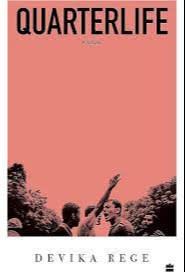
Among this year’s new titles, some, such as 38-year-old Devika Rege’s Quarterlife, offer a snapshot of a generation and a country in great flux; a few, such as 53-year-old KR Meera’s Assassin, translated from Malayalam by J Devika, draw on real events such as the shock of the demonetisation of India’s currency in 2016 and the murder of the activist journalist Gauri Lankesh in 2017.
Other novelists opt for the well-trodden route of speculative fiction or retreating to the historical past to better observe the present. Siddhartha Deb combines both in this year’s The Light at the End of the World, set in a smoke-filled near-future Delhi, but ranging back to India’s freedom struggle, the East India Company and the 1984 Bhopal gas disaster.
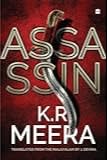
Increasingly aggressive nationalism has led to a deliberate persecution of Muslims. With that in mind, I found History’s Angel, by Anjum Hasan (2023), particularly poignant in her reminder that an individual such as her daydreaming, poetry-loving Muslim teacher Alif is far more than his religious identity, even if he cannot escape the conflicts of the times.
Taken together, this disparate quartet — at times wistful, at times fast-paced — offers an unsettling, piercingly intimate portrait of the rough birth of Modi’s new India. If histories provide the big picture, fiction has given me a stronger sense of the aspirations, fears, compromises — or chilling certainties — of individuals trying to make sense of politics and intense change. Readers in nations facing similar challenges may recognise the feeling.
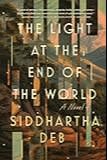
In Rege’s hands, a generation of youngsters in Mumbai and Maharashtra desperately want to believe they are part of a bright future — yearning for a country that is “local, regional, national and global all at once” and, above all, the world’s guru. Some Hindus brood about “invaders”, a harsh but commonly used term for Muslims descended from the Mughals; others just want “to be at the centre when it all comes together”. I wondered what her characters would say to Hasan’s gentle, lost Alif, a drifter content among old ruins and manuscripts, who thinks: “If there’s one thing to be said about history, it’s that there’s too much of it.”
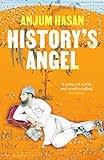
Like many contemporary American and British writers, the Indian novelists of this generation often dwell on inequality and corruption. Much of the drama in KR Meera’s Assassin is drawn from the aftermath of demonetisation, Modi’s draconian attempt to tackle the shadow economy by cancelling high-value banknotes in 2016. As Satapriya, a forty-something woman who lives in Bengaluru, discovers between loan repayments, money “protects the women who live alone” — a protection that vanishes when “the new notes are politics, the old ones history.”
Both Meera and Deb are brilliant at peeling back the façade of promised prosperity to reveal those shut out from dreams of a shining future. In The Light at the End of the World, Bibi, a minor cog in a global consulting corporation, assesses the gleaming glass walls of a Delhi farmhouse, taking in “the impregnability of the wealth and power on display, so secure and smooth”. And yet, she also intuits, a single rock hurled against that glass window might bring everything crashing down.
Join our online book group on Facebook at FT Books Café

